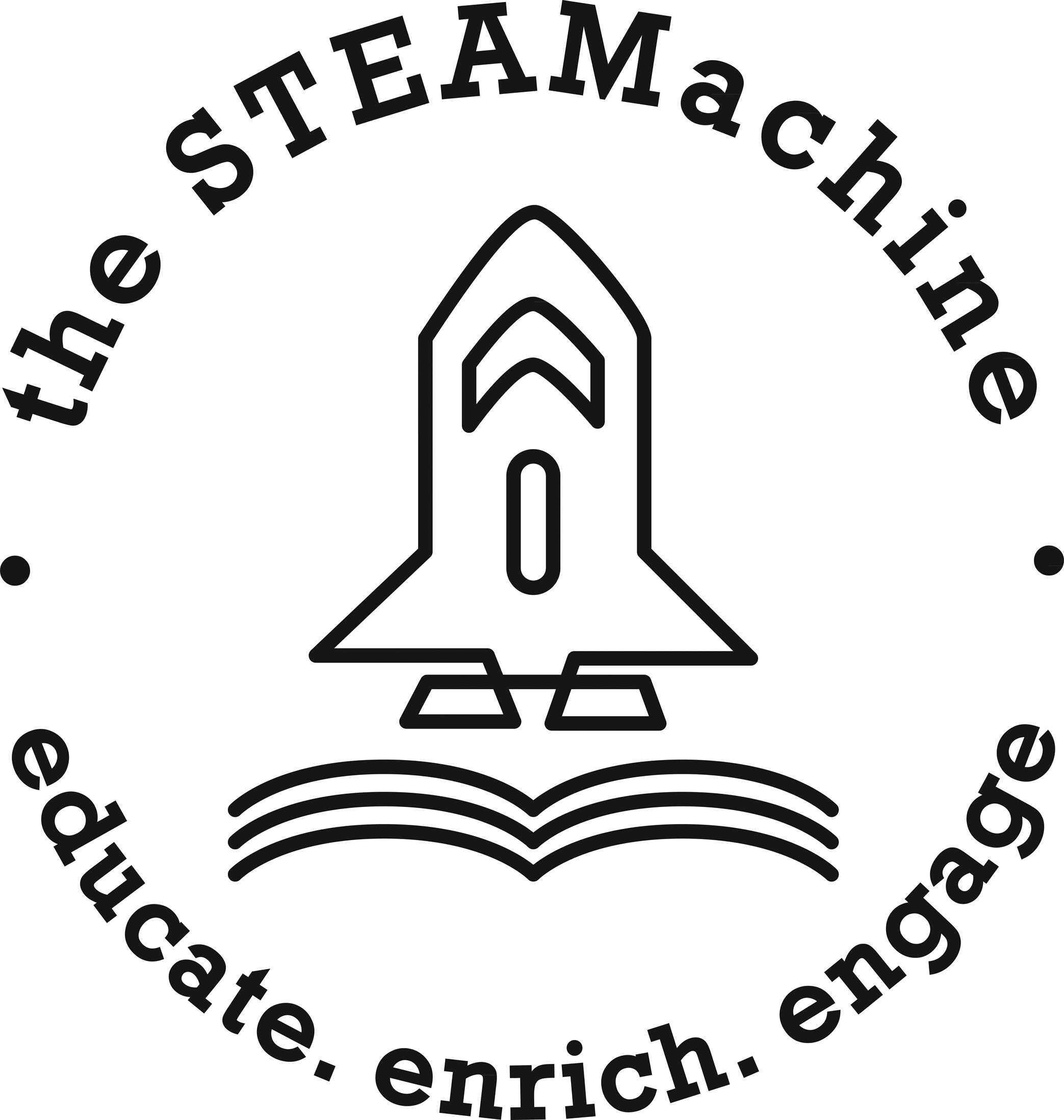Ghost Bubbles
These ghost bubbles use dry ice to give the bubbles a ghost-like effect. The dry ice goes directly from a solid state to a gas state and this is called sublimation.
Standards included in this lesson: 2-PS1-1, 2-PS1-4, CCSS.MATH.CONTENT.K.G.A.2, CCSS.MATH.CONTENT.2.MD.A.3, CCSS.MATH.CONTENT.3.MD.A.2, CCSS.MATH.CONTENT.6.RP.A.1, K-PS2-1
Materials
Empty 2 liter bottle
Warm water
WARNING: Dry ice *Never place dry ice in a completely closed container or touch it with your bare hands! Always wear thick gloves and ask an adult for help when using it!
Heavy duty gloves
Funnel is best, but a small plastic bowl works too
Rubber tubing (can be found at Lowe’s or Home Depot)
1 cup of bubble solution (you can make this by mixing one cup of dish soap with three cups of water)
½ cup of corn syrup
Utility blade
Small portion cup
Towel
Procedure
WARNING: Dry ice *Never place dry ice in a completely closed container or touch it with your bare hands! Always wear thick gloves and ask an adult for help when using it!
Step 1
Use the blade to carefully cut off the top of the 2 liter container and then set aside the container until later.
Step 2
Attach the rubber tube to the funnel (or cut a hole in the small plastic bowl and attach the tube to that instead). Use the blade to create a hole in the bottom of the small portion cup and attach the other end of the tube to the small portion cup.
Step 3
Pour warm water into the 2 liter container about ¼ of the way full.
Step 4
Put on the gloves and put some dry ice into the container and lay out the towel.
Step 5
Dip the small cup into the bubble solution and cover the top of the 2 liter container with the funnel (or small plastic bowl).
Step 6
As the bubbles form, place them on the towel or hold them with the gloves.
Science Explanation
Kindergarten - 2nd Grade . . .
- Why do regular bubbles pop when you touch them? (Answer: Regular bubbles normally pop whenever they touch something. This is because bubbles don’t like oil or dirt)
- What happens when these bubbles land on the towel? (Answer: They don’t pop right away)
- These bubbles will bounce off a surface if it is free of oil and dirt, that is why they don’t pop when they land on the towel. You can also hold them in your hands with gloves on and they won’t pop right away either.
- A force is any interaction that will change the motion of an object, for instance, pushing or pulling. When you push, or poke, the bubble with a towel or glove, this causes the bubble to move in whichever way you push it. K-PS2-1
- There are 3 phases, or states, of matter. Solid, liquid, and gas. 2-PS1-1
- The dry ice begins in a solid state and becomes a gas when it is put into the container with the warm water. This is because the warm water causes the temperature to rise, which adds more energy to the dry ice, helping it become a gas.
3rd Grade - 5th Grade . . .
- Dry ice is frozen carbon dioxide, or CO2 in a solid form. You may be used to thinking of CO2 as a gas because it is usually in the air. Dry ice is like frozen water because both are frozen and both are in solid form.
- Dry ice is unique because it skips the liquid stage when exposed to room temperature air, unlike most other substances. For example, ice is the solid form of water, but as the temperature rises, it melts into water which is its liquid form. This is called the melting point. As the temperature continues to rise, water moves into the gas stage, water vapor. This is called the boiling point.
- Dry ice skips the liquid stage and goes directly from being a solid to a gas. This process is called sublimation. Sublimating dry ice is a change that can be reversed, so it is considered a physical change. Phase changes in general can all be considered physical changes because they can be reversed. 2-PS1-4
- There is also another type of change called a chemical change which occurs when one or more substances change into another substance. These changes can’t be reversed like physical changes. Some indicators of a chemical change include a change in color, taste, and smell. Iron rusting, using a battery, and fire are all examples of chemical changes.
- Why do you think the bubble doesn’t pop when it lands on the towel?(Answer: Fuzzy surfaces like a towel will keep the bubble from popping easily because it spreads out the amount of pressure on the surface of the bubble. Additionally, if you added corn syrup to the bubble solution, the corn syrup forms weak bonds with the water molecules which slow down the evaporation process. This strengthens the bubble and allows it to last longer)
Math Extensions
Kindergarten - 3rd Grade . . .
- What shape are the bubbles? CCSS.MATH.CONTENT.K.G.A.2
- Estimate the length of one of the bubbles. CCSS.MATH.CONTENT.2.MD.A.3
- When you are preparing your materials, measure out one cup of bubble solution. How many grams, kilograms, and liters are equal to one cup? CCSS.MATH.CONTENT.3.MD.A.2 (Answer: 1 cup is equal to 128 grams, 0.24 kilograms, and 0.236588 liters)
6th - 8th Grade . . .
- First try using the normal bubble solution to make the bubbles. If the bubbles pop easily, try adding some corn syrup to the bubble solution to make it stronger. Make a note of the ratio of bubble solution to corn syrup that you use. CCSS.MATH.CONTENT.6.RP.A.1
Written by Erin Wang Inspired by: Steve Spangler Science







